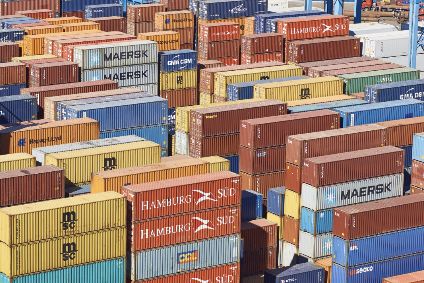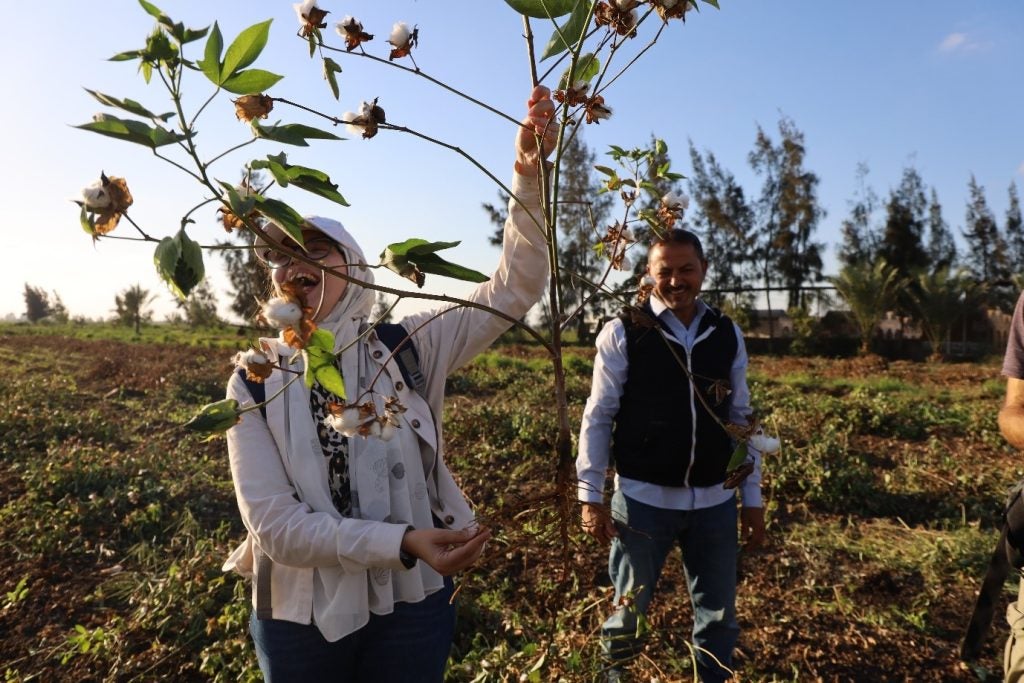
Mid-way through 2020 and the impact of the global coronavirus on US apparel supplier countries – and their unit prices – is starting to become clear.
China has booked the largest decline in apparel shipments to the US during the first half of the year despite its unit price falling 17% year-on-year to $1.88 – making the sourcing powerhouse the cheapest of the top-ten clothing suppliers by far.
This time last year, US fashion brands and retailers were responding to the threat of higher tariffs on imports from China by moving sourcing orders to Bangladesh, Vietnam and India, which saw the average prices of US apparel imports from those countries – the main alternatives to China – spike from the previous year. Conversely, Chinese vendors were lowering their prices to try to retain business.
But as major apparel sourcing markets are now reeling from the effect of Covid-19, the first half of 2020 paints a different picture. Globally, the unit price of US apparel imports fell by 3.4% year-on-year between January and June 2020 to US$2.88 – the lowest in three years, according to the latest data from the Office of Textiles and Apparel (Otexa).
After China, Mexico saw the largest decline in unit price at 16% to $3.16, followed by Pakistan where unit prices fell 10% to $2.18. Among the top-ten US apparel suppliers this makes Pakistan the second-cheapest after China.
See Also:
Bangladesh and India both saw per unit prices of apparel fall in the six-month period: Bangladesh by 2.5% to $2.77, and India by 0.85% to $3.52.
How well do you really know your competitors?
Access the most comprehensive Company Profiles on the market, powered by GlobalData. Save hours of research. Gain competitive edge.

Thank you!
Your download email will arrive shortly
Not ready to buy yet? Download a free sample
We are confident about the unique quality of our Company Profiles. However, we want you to make the most beneficial decision for your business, so we offer a free sample that you can download by submitting the below form
By GlobalDataWhile per-unit prices in Honduras fell 1.5% to $2.66, they jumped 10% in neighbouring El Salvador to $2.65.
The biggest price rises were seen in China’s neighbouring sourcing markets. Cambodia’s unit prices jumped the most at 5% to $2.72, while a rise of 4% to $3.83 was seen in Indonesia. They rose 2% in Vietnam to $3.27. Indonesia and Vietnam remain the priciest markets to source clothing out of the ten largest suppliers of apparel to the US.
The Covid impact
China stood down the vast majority of its apparel and textile production units in the early part of the year as the coronavirus outbreak began to quickly spread, prompting brands to look to neighbouring countries to meet demand.
During the first six months of 2020, US textile and apparel imports fell 27.8% to US$38.6bn, with China witnessing the largest decline in value terms at 43.17% to $9.6bn.
Nine of the top ten US sourcing destinations for clothing and textiles saw shipment values decline in the six months to June. Cambodia was the only one to see an increase of 8.55% to US$1.5bn.
Despite a significant increase in price per unit compared to last year, it remains significantly cheaper when compared with neighbouring Indonesia and Vietnam. For brands already sourcing from China and looking for a quick and easy alternative when Covid shut down the market, it is understandable why the strategically placed Cambodia would be attractive.
Following the shutdown of China, a domino effect commenced, and garment suppliers in other major sourcing countries were forced to halt production as they awaited raw material deliveries from China to allow them to continue production.
But the next, and biggest hit, came when US demand slumped as retailers closed shops on government orders, and cancelled or postponed orders due to lowered demand. The effects of this can be seen through a decline of apparel imports to the US between January and June.
After China, the countries experiencing the largest declines in textiles and apparel shipment values in the first half of the year were Mexico at 30.86% to $1.5bn and India, at 27.21% to $3bn.
Vietnam, the second-largest clothing importer to the US saw its textile and clothing shipment value decline 11.13% year-on-year to $6bn while Bangladesh, the third-largest clothing importer, saw shipment values fall 19.94% to $2.6bn.
Looking at apparel alone, China’s shipments in value terms were down 49% to US$5.7bn over the six month period. On a volume basis, they were 38.25% lower at 3bn SME.
Neighbouring Vietnam’s apparel shipments were down 11.12% to $5.7bn and down 13.2% to 1.7bn SME; while Bangladesh’s apparel shipments slipped 19.73% to $2.5bn in value terms and 17.6% to 891m SME in volume terms.
Honduras and El Salvador also witnessed significant declines in value terms at 47.93% to $682m and 48.13% to $460m, respectively. Similarly, they booked the largest declines in volume terms. El Salvador saw a 53.19% decline to 173m SME while Honduras saw a 31.3% decline to 436m SME.
Of the ten, Cambodia booked the smallest decline in apparel shipment volumes at 1.23% to 458m SME. However, it was the only one of the ten to see a rise in shipment value of apparel at 3.44% to $1.3bn.
For further insight into fashion companies’ evolving production and sourcing strategies – and new patterns of world textiles and apparel trade – click on the following link: Five ways world textile and apparel trade is changing.







